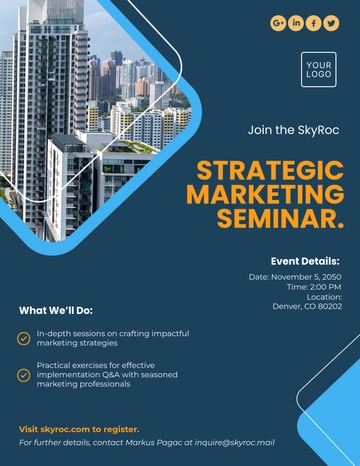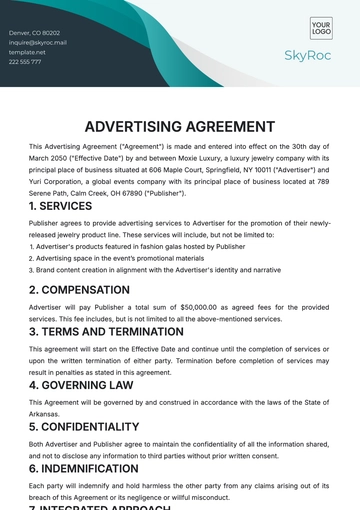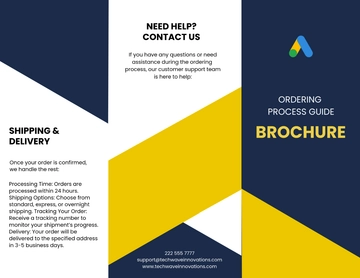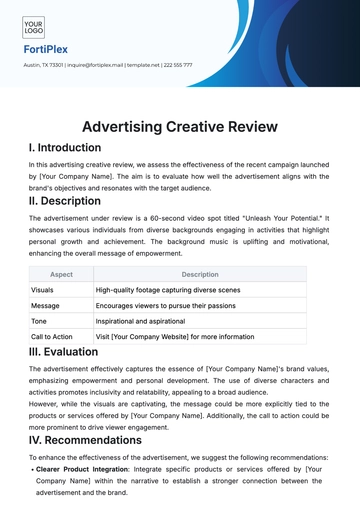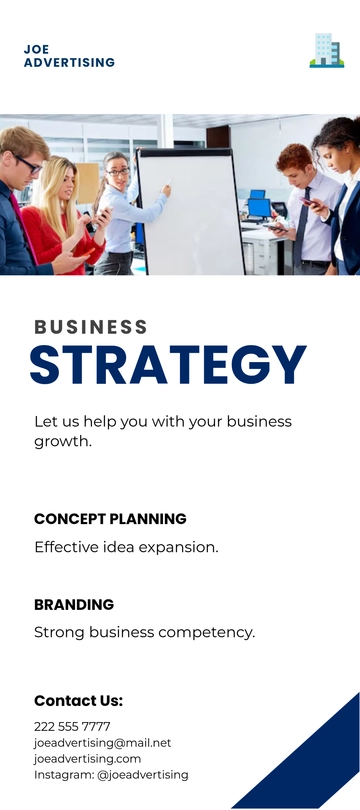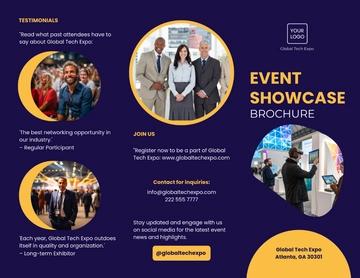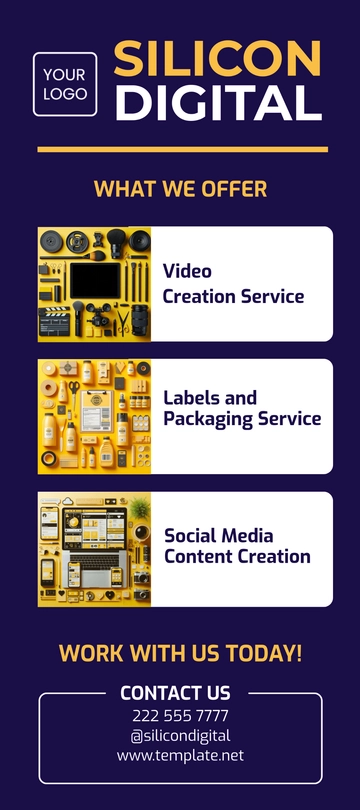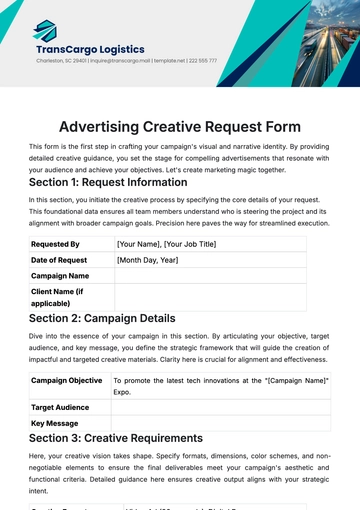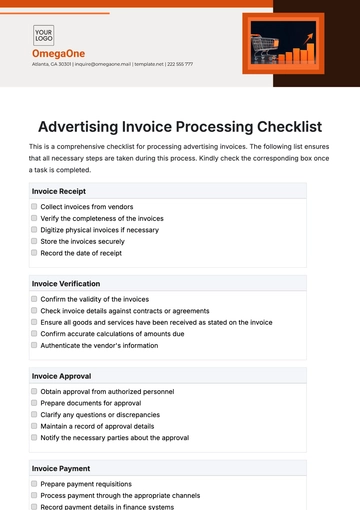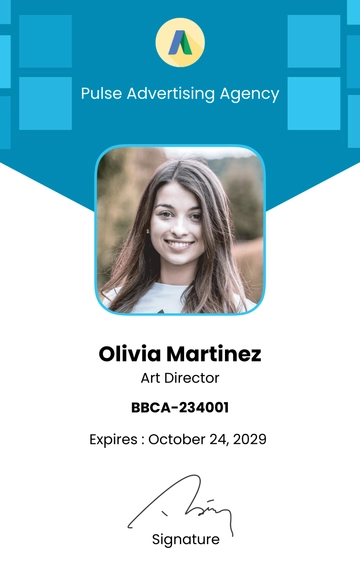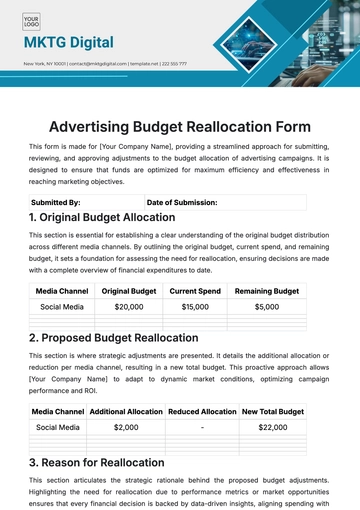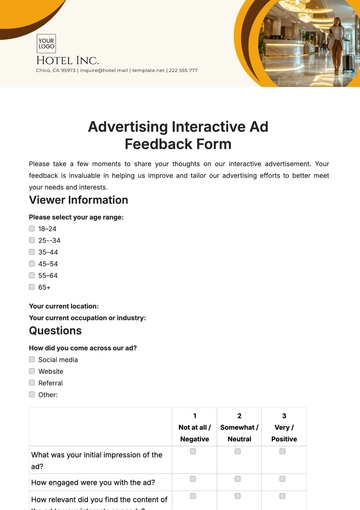Free Strategic Public Affairs Advertising Framework
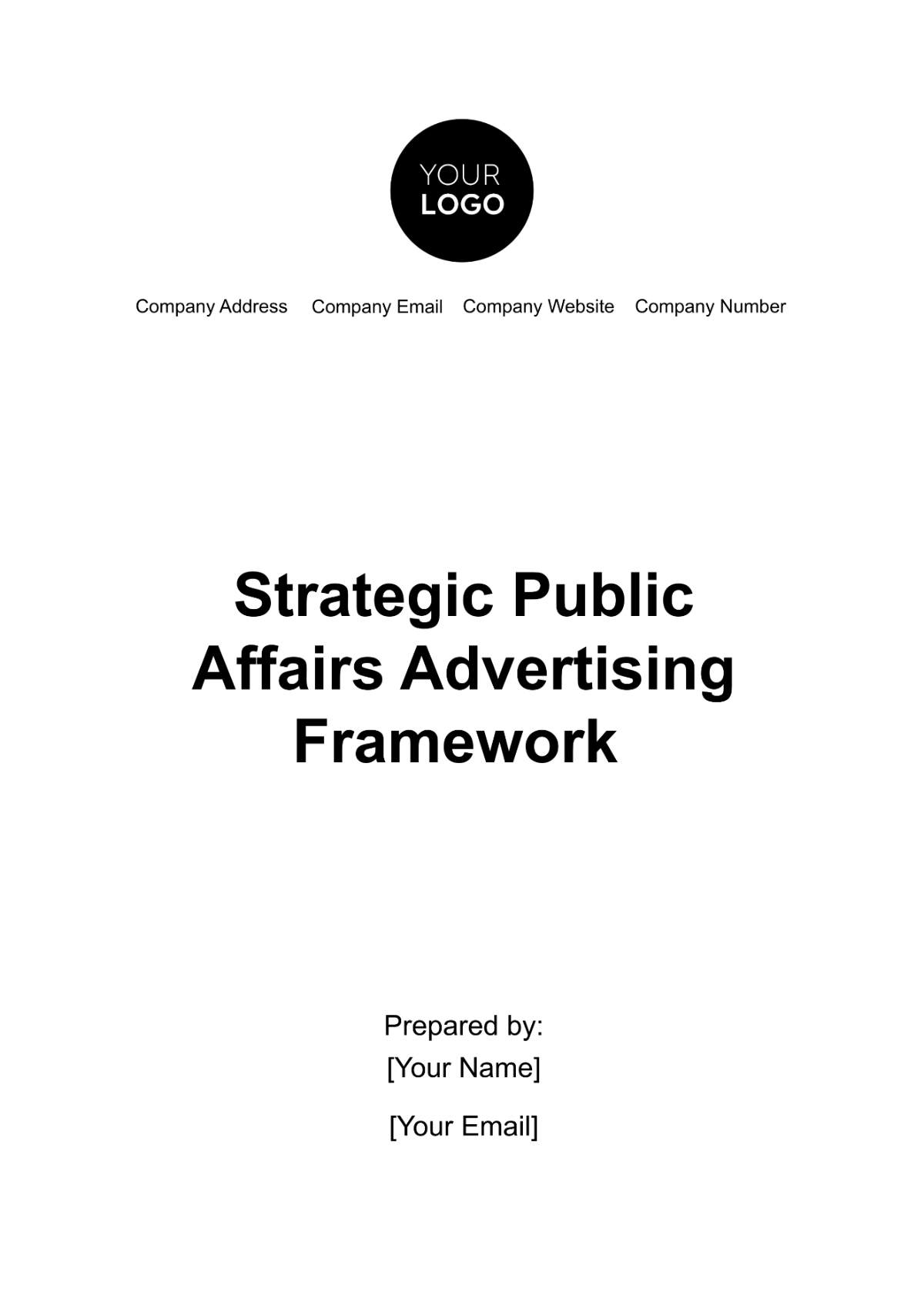
I. Introduction
[Your Company Name] is committed to maintaining a competitive edge by implementing a comprehensive Strategic Public Affairs Advertising Framework for the year [2050]. This framework aims to enhance brand visibility, public perception, and overall stakeholder engagement.
II. Objectives
A. Brand Positioning:
[Your Company Name] aims to solidify its position as the preeminent force in the advertising industry by emphasizing innovation, sustainability, and cutting-edge design. The objective is to imbue the brand with a distinctive identity that resonates with consumers, showcasing a commitment to technological advancements that redefine the standards of quality in the industry.
Through active engagement with customers, [Your Company Name] seeks to forge an unassailable reputation as the go-to choice for those who value both style and environmental consciousness in their rug purchases.
B. Market Expansion:
The primary objective is to achieve a [15%] increase in market share within our identified target demographic. This entails a comprehensive approach involving a multi-channel advertising strategy tailored to new and emerging markets. By understanding the unique needs and preferences of diverse consumer groups, [Your Company Name] aims to extend its market reach, capturing the attention and loyalty of individuals who seek superior quality, sustainable products, and unparalleled design innovation in their rug selections.
C. Community Engagement:
[Your Company Name] is committed to fostering positive relationships within local communities through meaningful social responsibility initiatives. The objective is to actively contribute to the betterment of the areas in which we operate, demonstrating a genuine commitment to environmental and social well-being.
By launching community-driven advertising campaigns, [Your Company Name] seeks to showcase the tangible impact of its operations, creating a positive brand perception rooted in shared values and community-centric ethos.
D. Government Relations:
The strategic imperative is to fortify [Your Company Name]'s relationships with regulatory bodies and policymakers. This involves active engagement in public affairs advertising to effectively communicate the societal and economic benefits of a thriving advertising industry.
The objective is to advocate for policies that support sustainability and innovation within the industry, thereby fostering an environment conducive to growth and positive contribution to society. [Your Company Name] aims to be a trusted partner in shaping policies that align with the company's values and the greater good.
III. Target Audience
A. Consumers:
Individuals seeking high-quality products form the core consumer base for [Your Company Name]. The advertising focus will be on reaching this demographic through personalized and compelling messaging. The objective is to actively engage consumers, highlighting the unparalleled comfort, durability, and sustainability inherent in [Your Company Name]'s products. By creating a direct and emotional connection with our audience, we aim to reinforce our position as the brand of choice for those who value both style and ethical production in their homes.
B. Investors:
The objective is to capture the interest of potential investors and financial institutions through strategic advertising. The messaging will emphasize the company's trajectory of growth, showcasing technological advancements, sustainable practices, and the investment opportunities that arise from being part of a forward-thinking and environmentally conscious advertising business.
C. Local Communities:
Residents of areas where [Your Company Name] operates form an integral part of the company's ecosystem. The objective is to actively engage with local communities through advertising campaigns that highlight [Your Company Name]'s positive contributions. This includes showcasing local employment opportunities, community-driven initiatives, and the overall positive impact of [Your Company Name]'s presence. By doing so, the aim is to strengthen the bond with local communities, establishing [Your Company Name] as a socially responsible and valued member of each community.
D. Policymakers:
Government officials, policymakers, and regulatory bodies are critical stakeholders in the advertising industry. The objective is to actively engage with policymakers through targeted advertising efforts. This involves communicating the economic and societal benefits of a thriving advertising industry and advocating for policies that support sustainable practices. [Your Company Name] aims to be a thought leader, actively contributing to the dialogue on industry regulations, thereby ensuring a conducive environment for sustainable growth and positive societal impact.
IV. Channels
A. Digital Platforms:
[Your Company Name] recognizes the pervasive influence of digital platforms and aims to leverage this medium for targeted advertising. The objective is to implement strategic online campaigns across social media, industry forums, and home decor websites. By utilizing these channels, [Your Company Name] seeks to actively engage with consumers, delivering personalized messages that emphasize the brand's commitment to innovation, sustainability, and exceptional design. Through real-time interaction and dynamic content, the goal is to establish and maintain a strong online presence that resonates with the digital-savvy consumer base.
B. Traditional Media:
[Your Company Name] acknowledges the enduring impact of traditional media. The objective is to implement television and radio advertisements that reach a broad audience. Through these mediums, [Your Company Name] aims to convey a compelling narrative, focusing on the company's commitment to quality and innovation. By utilizing the power of audio-visual storytelling, the goal is to create a lasting and memorable impression, reinforcing the brand's values and positioning in the minds of consumers.
C. Community Events:
[Your Company Name] recognizes the importance of direct engagement with local communities. The objective is to sponsor and participate in a range of community events, fairs, and initiatives. By actively participating in these events, [Your Company Name] aims to establish a tangible and positive presence within local communities. The goal is to not only showcase the company's products but also to demonstrate a commitment to community well-being, thereby fostering a sense of pride and loyalty among residents.
D. Government Outreach:
Recognizing the pivotal role of government relations, [Your Company Name] aims to engage directly with policymakers through strategic outreach. The objective is to participate in policy briefings, conferences, and collaborations with industry associations. By actively contributing to the discourse on industry regulations, [Your Company Name] aims to position itself as a thought leader. The goal is to build lasting relationships with policymakers, ensuring that the company's values and contributions are well-understood and considered in the formulation of industry policies.
V. Timeline
Quarter | Initiatives |
1 |
|
2 |
|
3 |
|
4 |
|
VI. Evaluation
A. KPIs:
[Your Company Name] will employ Key Performance Indicators (KPIs) tailored to different aspects of our objectives. We will conduct regular surveys and social media analytics to measure shifts in brand perception among our target audience. We will closely monitor market share growth and revenue metrics to track the impact of our market expansion initiatives.
Additionally, community engagement will be assessed through participation rates in sponsored events, providing tangible indicators of the success of our local initiatives. For government relations, the effectiveness of our advocacy efforts will be measured through policy changes and the establishment of favorable regulations, ensuring that our advertising strategies contribute to shaping a supportive regulatory environment.
B. Feedback Mechanisms:
[Your Company Name] recognizes the importance of continuous feedback in refining our advertising strategies. We have established Regular feedback loops with customers, investors, and local communities to gather insights into the effectiveness of our messaging and engagement initiatives. We will use online surveys, focus groups, and direct communication channels to capture real-time feedback, allowing us to adapt our advertising approach dynamically.
The goal is to foster a culture of open communication, ensuring that the insights gained from our stakeholders play a central role in refining and optimizing our advertising strategies throughout the year.
C. Adjustment Strategy:
Flexibility is key to a successful advertising strategy. [Your Company Name] will implement an adaptive adjustment strategy based on real-time feedback and market dynamics. Regular reviews of performance metrics and stakeholder feedback will inform strategic adjustments to campaigns, ensuring that our messaging remains relevant and impactful. Whether it be refining the focus of digital campaigns, adjusting the geographical emphasis of market expansion, or fine-tuning community engagement initiatives, the objective is to remain agile. By actively and continuously refining our strategies, [Your Company Name] will maximize the impact of its advertising efforts, maintaining a competitive edge in the advertising industry.
VII. Sustainability and Innovation Initiatives
A. Environmental Impact:
This subsection outlines the specific initiatives that we have aimed to reduce resource consumption, waste, and emissions. Active measures include the adoption of sustainable sourcing practices, the implementation of eco-friendly manufacturing processes, and the promotion of recycling initiatives. Through targeted advertising, [Your Company Name] aims to transparently communicate these sustainability efforts, fostering consumer awareness and loyalty to a brand that prioritizes environmental responsibility.
B. Technological Advancements:
This subsection details the investments and developments in technology that [Your Company Name] will undertake. Whether it be the integration of smart textiles, advancements in manufacturing automation, or the use of innovative design software, the objective is to actively communicate how technology enhances the quality and uniqueness of [Your Company Name]'s products. Through strategic advertising, the company aims to position itself as an industry leader in technological innovation.
C. Employee Engagement and Development:
[Your Company Name] recognizes the importance of a skilled and motivated workforce in achieving its goals. This subsection outlines initiatives focused on employee engagement, professional development, and overall well-being.
Advertising efforts will spotlight [Your Company Name]'s commitment to providing a supportive work environment, training programs, and opportunities for career growth. By actively promoting these initiatives, the company aims to attract and retain top talent, further contributing to its innovative and sustainable practices.
D. Community Education Programs:
This subsection outlines [Your Company Name]'s initiatives to actively engage with local communities and educate them about sustainable living practices. Advertising campaigns will highlight workshops, educational materials, and partnerships with local schools and organizations. The goal is not only to contribute positively to the communities in which [Your Company Name] operates but also to build a consumer base that values sustainability and understands the impact of their purchasing decisions. Through these community education programs, the company aims to foster a sense of shared responsibility for environmental conservation.
VIII. Corporate Social Responsibility (CSR) Initiatives
A. Philanthropic Endeavors:
This subsection delves into the philanthropic initiatives undertaken. These include partnerships with charitable organizations, donations to community development projects, and active involvement in initiatives addressing social issues. Through purpose-driven advertising, [Your Company Name] aims to showcase its commitment to corporate social responsibility, encouraging stakeholders to support a brand that actively contributes to the betterment of society.
B. Diversity and Inclusion Programs:
Diversity is a strength, and [Your Company Name] believes in fostering an inclusive workplace and industry. This subsection outlines the company's initiatives to promote diversity and inclusion, including targeted hiring practices, mentorship programs, and partnerships with organizations supporting underrepresented groups.
Advertising efforts will spotlight these programs, communicating [Your Company Name]'s commitment to a workplace that values diversity. By actively promoting diversity and inclusion, the company aims to contribute to a more equitable and harmonious industry while appealing to a broad and diverse consumer base.
IX. Conclusion
The Strategic Public Affairs Framework positions [Your Company Name] to effectively navigate the complex interplay of business, society, and government. By proactively managing our public affairs, we aim to solidify our market position and contribute positively to the communities we serve. This framework serves as a living document, subject to periodic reviews and updates.
- 100% Customizable, free editor
- Access 1 Million+ Templates, photo’s & graphics
- Download or share as a template
- Click and replace photos, graphics, text, backgrounds
- Resize, crop, AI write & more
- Access advanced editor
Confidently navigate public affairs with the Strategic Public Affairs Advertising Framework Template, a vital tool from Template.net! This user-friendly framework ensures a comprehensive approach to planning, messaging, and engagement. Elevate your public affairs strategy, fostering impactful communication and stakeholder relations with Template.net's comprehensive framework template!
